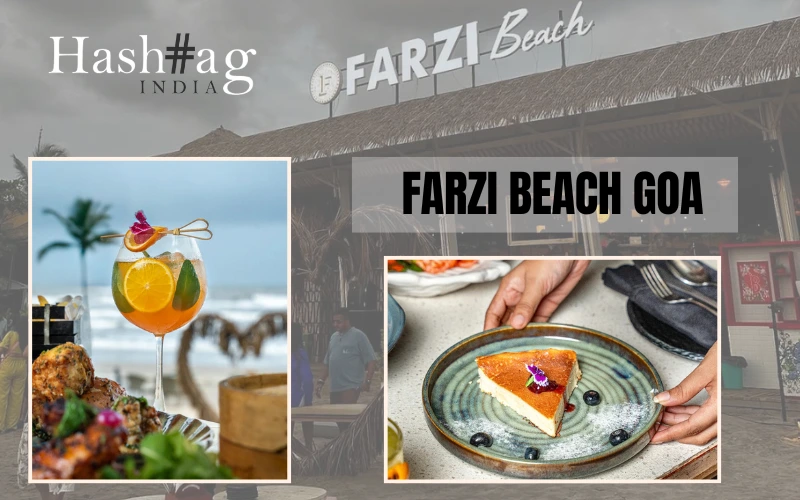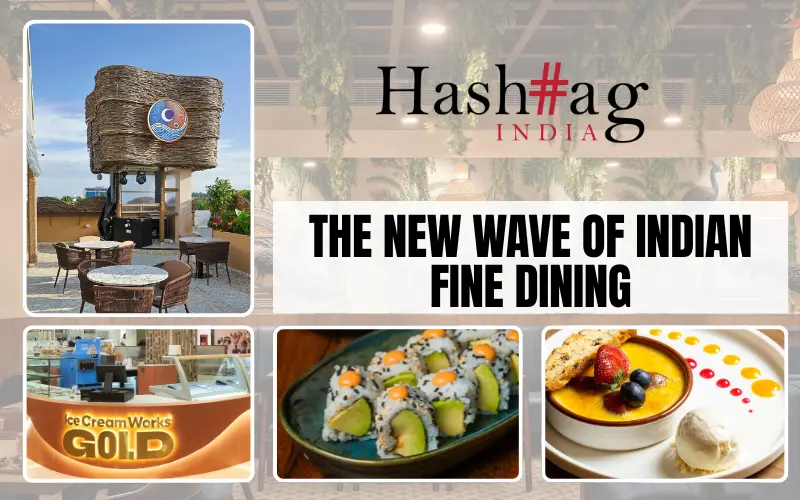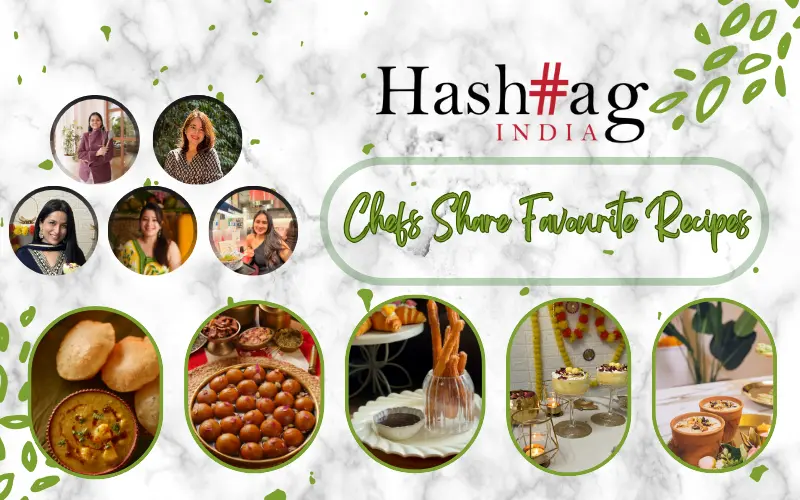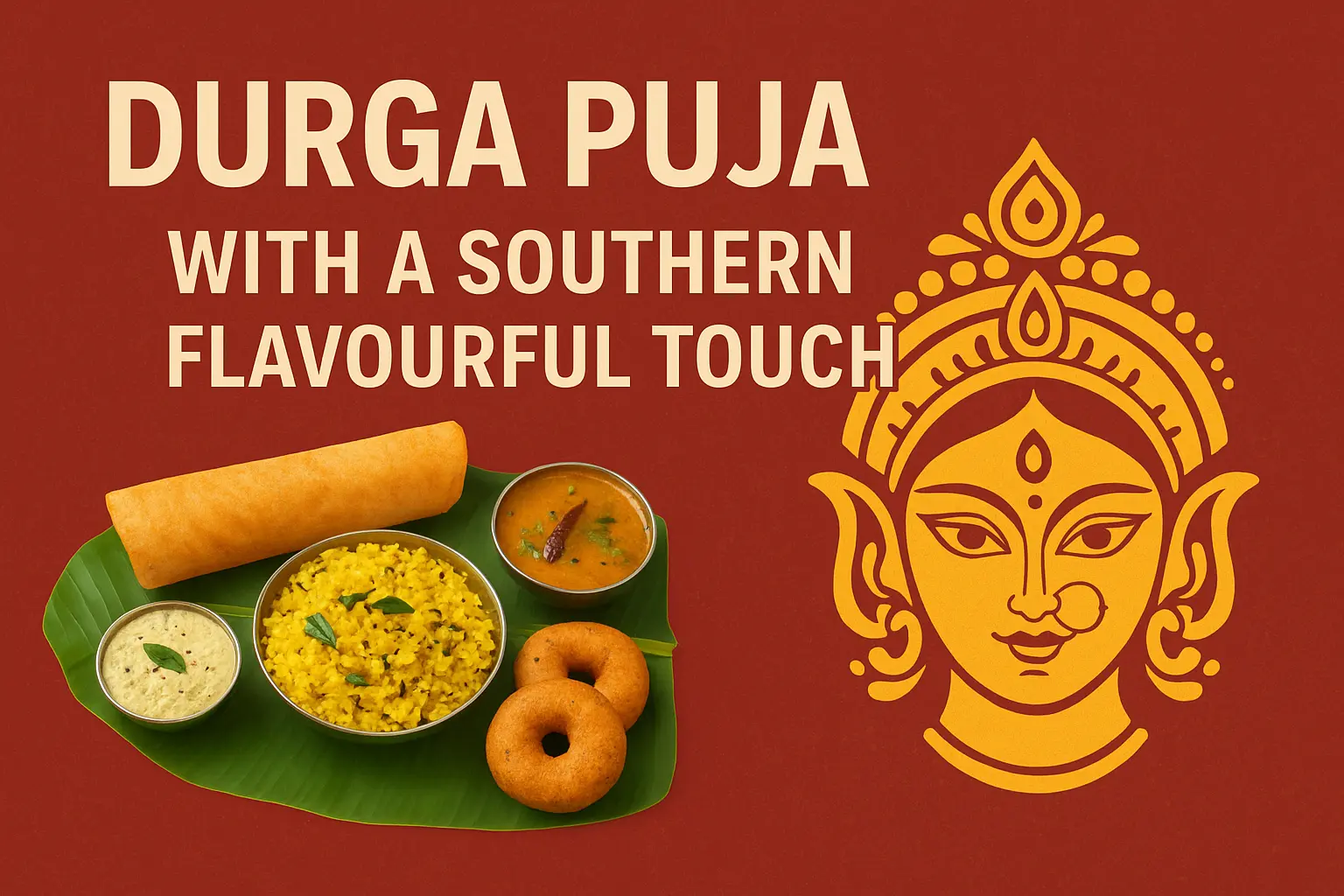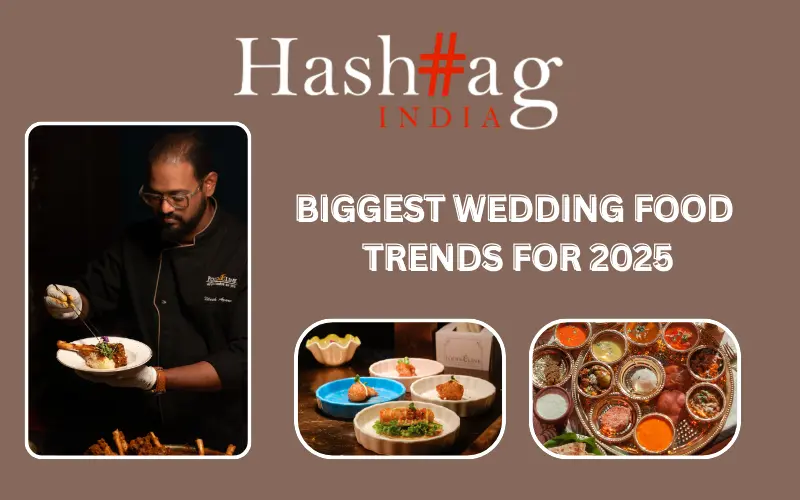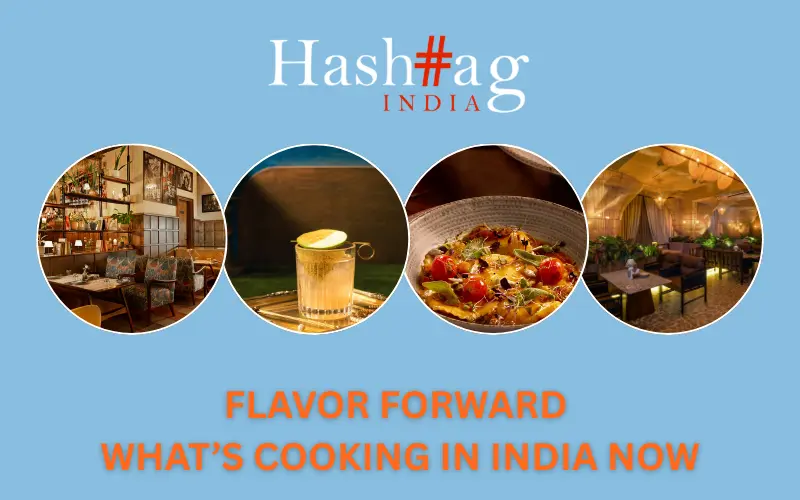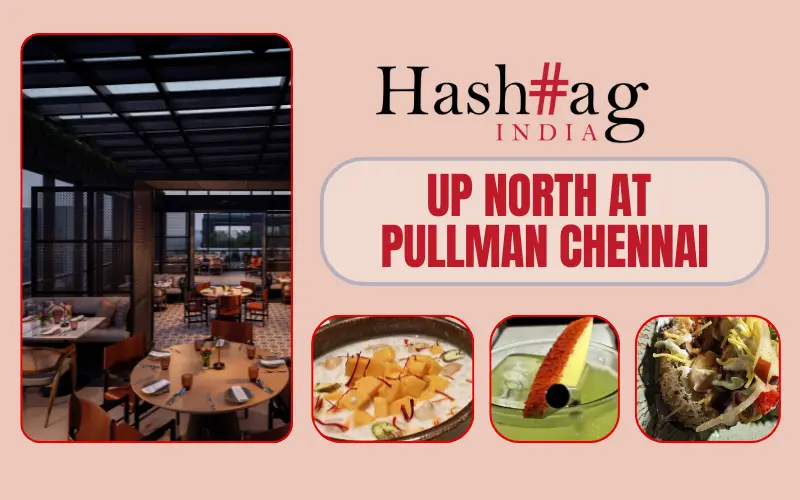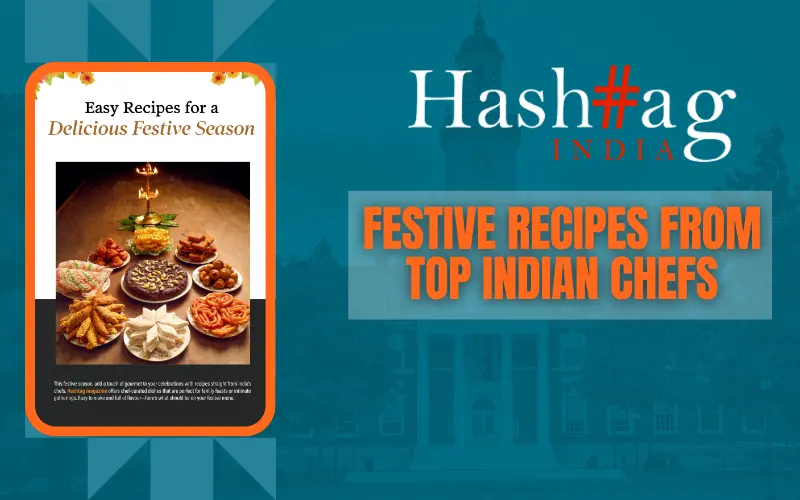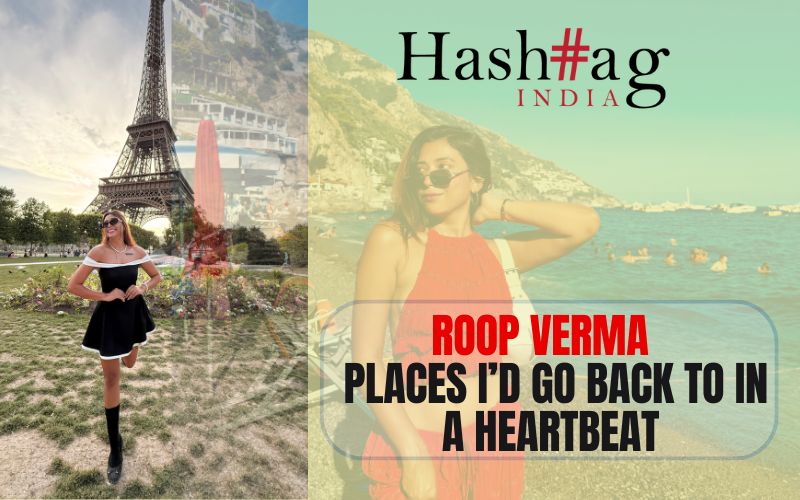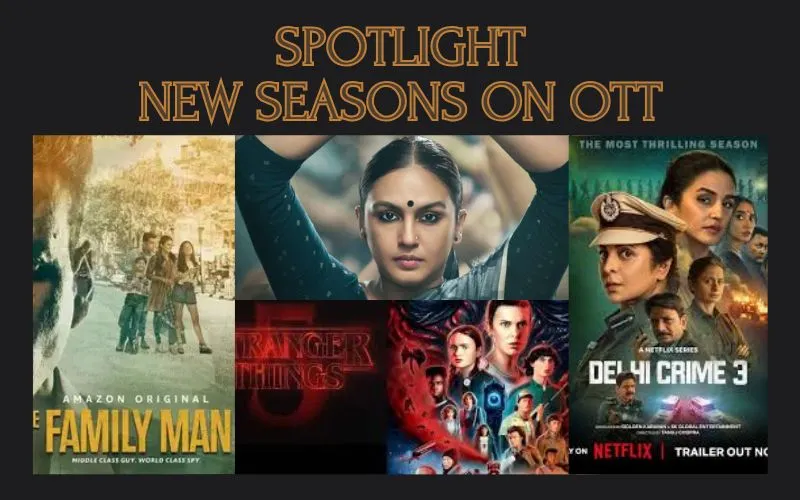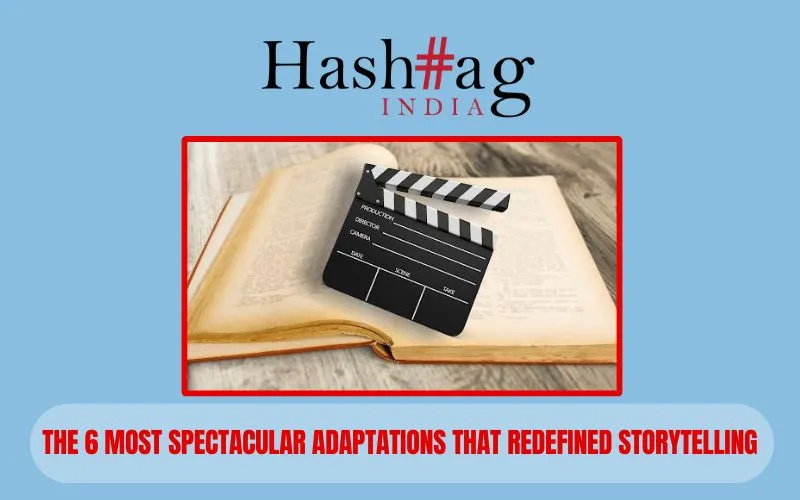A delightful restaurant that sits snugly in the by lanes of bustling Koramangala, Zubaan serves superlative Middle Eastern fare accompanied by books and conversations. An Arabian kitchen that was once a home converted into a restaurant, Zubaan is a space that will take you back to the Middle East with a selection of curated food from the region. Bindu Gopal Rao aptly captures the essence of Zubaan’s culinary and cultural experience.
Décor Cues
The space was once a home with a delightful ambiance, including a tiny garden. There is one table on the outside that surrounds potted plants. On entering, it is impossible to miss the pleasing pastel-hued décor contrasted with the patterned tile flooring. Simple wood furniture and fresh flowers on every table also make the ambiance comforting. The walls are adorned with framed images with quotes, and the restaurant has a lower level with seating and kitchen space. A key element is a bookshelf integrated into one of the restaurant’s walls, filled with books of all ages. This is an excellent addition to the restaurant that promotes the reading habit.


Food Food
The menu has a selection of soups and salads that are great to start your meal here. Sample the Lentil Soup in vegetarian and non-vegetarian options like chicken and lamb variants to whet your appetite. A must-try is the Tabouleh Salad filled with parsley and tomatoes with bulgur, seasoned generously with olive oil. The popular cold appetizers are also on the menu; a must-have is the Cold Mezze Platter. This is where you sample the traditional chickpeas Hummus, roasted and ground aubergine dip, Muttabal, or the tangier version of Babaganoush and Muhammara, the flavour-packed dip that is savoury, sweet, and slightly smoky. Team this with warm pita bread, and your meal will start on the right note. They also serve hummus bowls with additions like Fattoush, salad, falafel, and Arabic bread upon request. If you prefer something hot, choose from the Hot Appetizers – samosa, hot mezze platter, or Foul Medames (fava beans cooked in an assortment of spices and herbs from the Arabian region). The restaurant also has grills served with pita, salad, and fries. They also have oven-baked dishes like Maqlooba, a traditional one-pot Palestinian meal of stewed meat, fragrant rice, and roasted vegetables. Wraps, rolls, and gravies are all on the menu, too. Keep someplace to try the delectable desserts, including the quintessential Middle East dessert Kunafa, which comes with shredded pastry and cheese and is slightly topped with fragrant sugar syrup. Also, sample the Umm Ali, a traditional warm Egyptian dessert with Filo pastry soaked and baked in a milked sauce and topped with nuts and sultanas.


Breakfast Bites
From Friday to Sunday, you can also sample the special breakfast platter that includes dishes like the Turkish Cilbir, Emirati Baleelat, and Yemeni Shakshouka, among other quintessential delicacies. Owners Labeeb Usman & Jasna Moidu say, “Our menu is carefully curated from the vast, flavour-rich Middle Eastern cuisine and brings the best of it to the tables of Zubaan. We made sure our menu has myriad flavours and fragrances that evoke all your senses, and together with our sober ambiance, you get an experience that is surely soul-touching. We have an array of vegetarian options and dishes that are not commonly available in other places, a testament to how hard we worked to ensure our place stays as authentic as possible.”


Meaningful Conversations
Being a home art cafe inspired by the need for safe spaces where people can come together and talk, discuss, and learn, the café regularly hosts talks. Labelled ‘Kahwa Aur Kitabein,’ these are series of conversations that dwell on various subjects, including gender, class, and caste, where a group of people comes together for thought-provoking discussions. “We believe in building a safe, progressive community where conversations can flow, healthy and thoughtful discussions can be a norm along with our hearty meals. Our place exudes a calm environment where art comes in various forms – books, music, aesthetics, and most importantly, food,” say the owners.
Address: 465/C, 17th G Main Road, Koramangala 6th Block Bangalore.
Timings: Monday – Thursday: 12 pm – 12 am and Friday, Saturday, Sunday: 9 am – 12 am
Average cost: Rs. 1200 for two people (with taxes)


